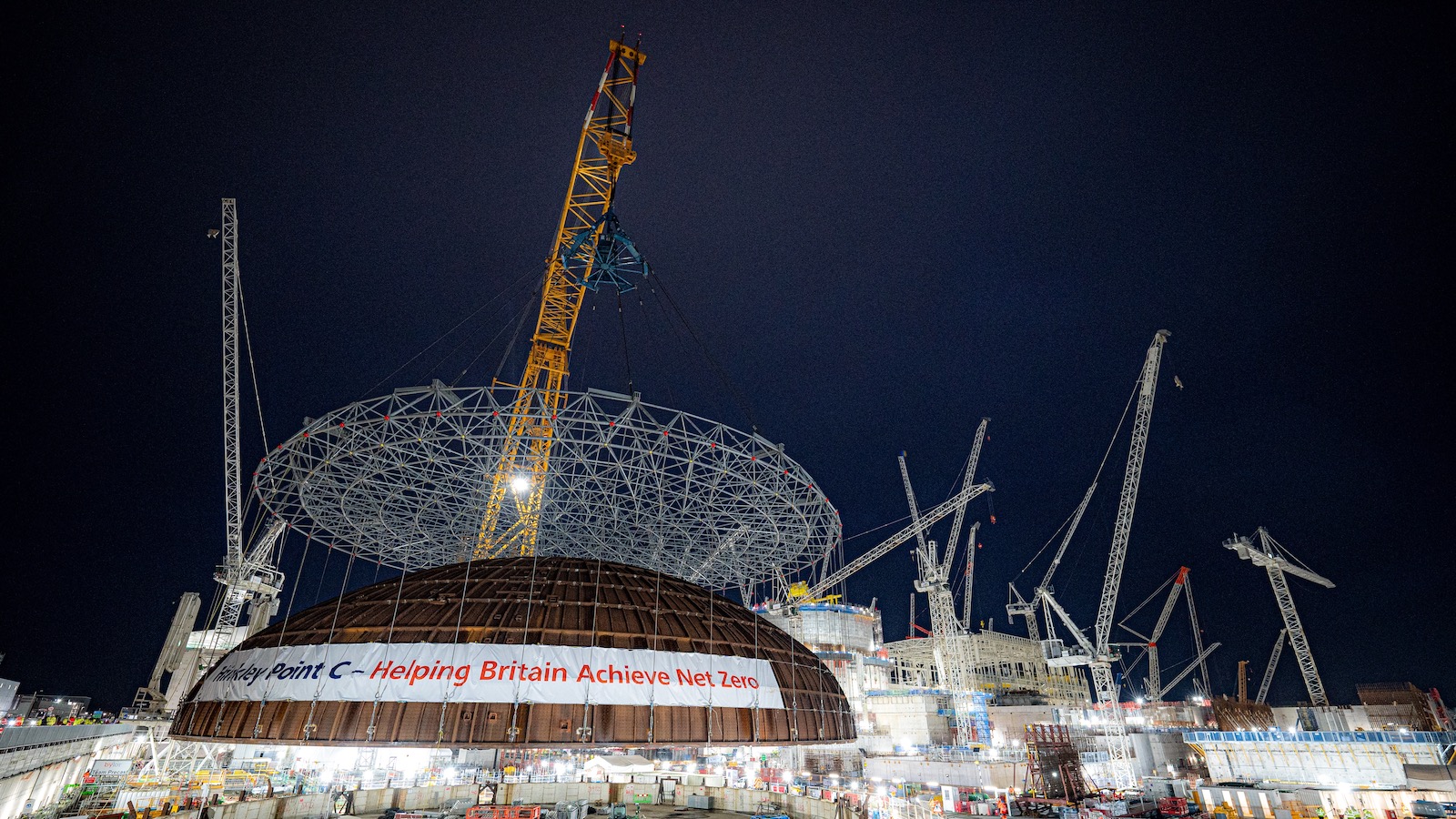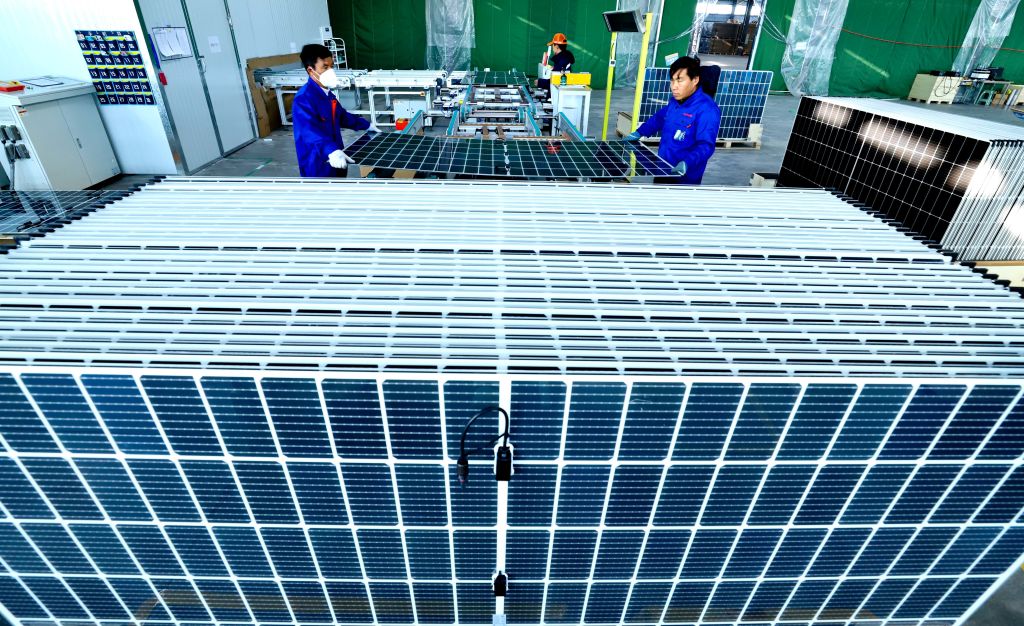This year’s COP28 climate conference featured a historic agreement to “transition away” from fossil fuels. One less-ballyhooed undercurrent was renewed enthusiasm for nuclear energy as a means toward getting there.
International climate negotiators explicitly mentioned the technology as a route to decarbonization in their first-ever “stocktake” of global emissions. Looking back across the final texts agreed on at the annual U.N. climate conference since the 2015 Paris Agreement, this is the first time the word “nuclear” has ever been used.
Twenty-five countries made the point even more emphatically at the start of the conference in Dubai, where — led by the U.S. — they pledged to triple nuclear electricity capacity by 2050.
“We’ve never had anything like this on nuclear at a COP before,” said Ted Nordhaus, executive director of the Breakthrough Institute, which promotes technological solutions to environmental challenges. “It reflects how much attitudes have changed over the last decade.”
Nordhaus is among those who have, for decades, been arguing that splitting atoms can be an important tool for reducing greenhouse gas emissions and combating climate change. Critics, however, have cited safety concerns, particularly for the Indigenous communities that are disproportionately impacted throughout a reactor’s lifecycle. Some also contend that expensive investments in reactors could distract from the need to build out other options, such as solar and wind. In 2015, one commentator went as far as to call advocating for nuclear a new form of “climate denialism.”
Whatever the reasons, nuclear has been on a downward trajectory of late. The share of global electricity derived from it has slumped to 9.2 percent, its lowest level since the 1980s. By the 2040s, more nuclear facilities are expected to be decommissioned than come online. The latest commitments at COP28 are an attempt to not only reverse that trend but dramatically expand the world’s nuclear footprint. But multiple nuclear experts say that the tripling target is almost certainly unattainable, if not irresponsible.
“It’s an essentially meaningless commitment,” said Edwin Lyman, director of nuclear power safety with the Union of Concerned Scientists. He noted that some of the countries who signed the pledge don’t even generate nuclear power right now, so a tripling would still technically be zero. And it doesn’t include China or Russia, which are global leaders in regard to nuclear ambition. Even Nordhaus admits that “it’s not really clear that anybody has a particularly credible plan.”
Attempts to both maintain and expand nuclear have stumbled recently. The Biden administration recently had to provide a $1.1 billion lifeline to keep a legacy nuclear plant in California running, and a highly anticipated foray into smaller-scale reactors fell apart. This points to perhaps the most significant impediment to a more nuclear future: cost.
“Nuclear is so much more expensive than solar,” said Allison Macfarlane, the former chair of the United States Nuclear Regulatory Commission, estimating that it would take tens, or even hundreds, of billions of dollars to bring some of the proposed technology to market. “The only people that have that kind of money is governments”
Even if the financials make sense, she said, time is not on nuclear’s side. It can take a decade or two for a facility to come online, which makes it difficult to scale quickly enough to meet climate goals and make a dent in the climate crisis. While that might have been possible if the nuclear revival had begun a decade or two ago, she said it’s now too late.
“Nuclear is not a short-term solution to climate change. We need a solution yesterday,” said Macfarlane, who is currently the director of the school of public policy and global affairs at the University of British Columbia. Instead she argues for putting money toward technologies that can be deployed today, such as solar and wind. “We need to direct our energies toward whatever we can build immediately.”
To Lyman, the nuclear pledges at COP28 are worse than empty — they could be detrimental or even dangerous. “It damages the credibility of the U.S. and any other countries that signed on,” he said. That includes Japan, which was home to the 2011 Fukushima nuclear meltdown. Broken promises could mean that future declarations are taken less seriously.
Beyond politics, Lyman worries that a renewed push on nuclear could lead companies, governments, or both to cut corners or curb regulations in the name of financial gain or expediency. That, he said, “is a recipe for disaster.”



